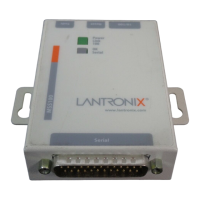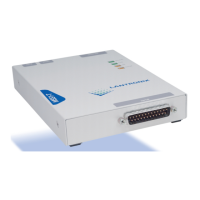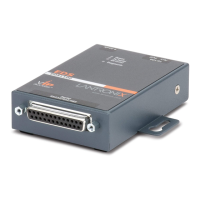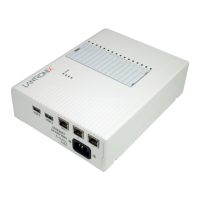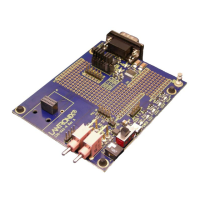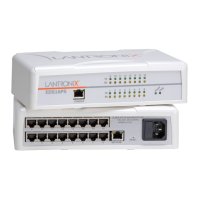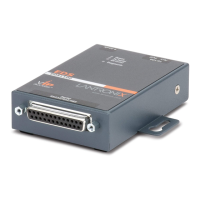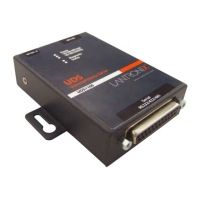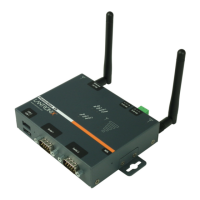Using the MSS Multihost Mode
5-9
MSS_A Local>> CHANGE PORT n DEDICATED TCP 192.168.5.10:4096U
Local>> CHANGE PORT n AUTOSTART ENABLED
Local>> CHANGE PORT n ACCESS DYNAMIC
MSS_B Local>> CHANGE PORT n DEDICATED TCP 192.168.5.2:4096U
Local>> CHANGE PORT n AUTOSTART ENABLED
Local>> CHANGE PORT n ACCESS DYNAMIC
Repeat the above steps for each additional serial tunnel.
Setting up Dedicated hosts ensures that the specified ports will always talk only to each other. Enabling
Autostart for both ports enables one MSS to send data to the other MSS without having to wait for a serial
carriage return to start the session. The second MSS knows exactly which other MSS to accept connections
from. Finally, when Autostart is enabled, the access mode must be either Local or Dynamic (Dynamic is
more flexible).
Multihost Mode
Multihost mode sets up a data pipe between one of the serial devices attached to the MSS and multiple hosts
on the network. Data from a network host goes out of the specified MSS serial port, and data from the serial
port is sent to all connected network hosts. The MSS does not alter the data in any way, it merely forwards
the data from one point to another.
There are a few important things to note about multihost connections:
The MSS attempts to send data in the order it is received. That is, it reads in and sends data from one
host before reading in data from another host.
The MSS will ping TCP and UDP hosts before sending connect attempts to make sure the remote
hosts are alive. If they are alive, the MSS connects for real and passes the data. If not, the MSS will
retry later. Similarly, if one of the host connections is terminated prematurely, the MSS will attempt
to reconnect at preset intervals.
Note: Retry affects the data flow to all hosts, so you should remove unreliable hosts from the
host list.
If a host’s flow control or other settings block the MSS from sending, the MSS will skip that host and
send the data to the other hosts. This will result in data loss for the unavailable host.
When one of the MSS serial ports logs out, all host sessions are disconnected, leaving the port idle.
Enabling Multihost Mode
To configure one of the MSS serial ports for a dedicated multihost connection, use the Change Port
[Portlist] Dedicated command with Hostlist as the host name.
Figure 5-13: Enabling Multihost Mode
When you enable a dedicated connection, the MSS disables local mode hotkeys for session manipulation.
Local>> CHANGE PORT n DEDICATED HOSTLIST
Local>> LOGOUT PORT
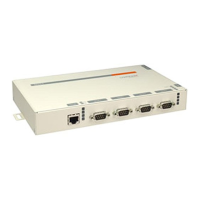
